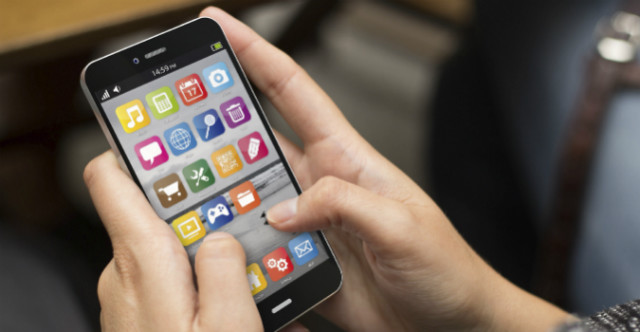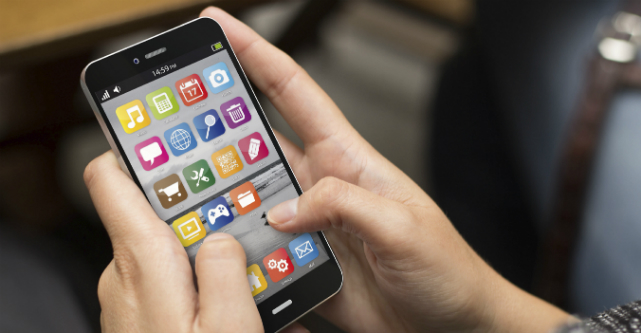How to get your app to go viral just like Uber and Instagram – StartupSmart

All startup app developers dream of ‘going viral’.
In this article, I’m going to show you four important steps for building a viral app. These tactics have been used by hugely successful apps like Candy Crush, DropBox, Uber and Instagram.
Of course, not every app that follows these steps is guaranteed to go viral. But you’ll definitely improve your chances if you keep these important principles in mind while you are building, marketing and updating your mobile app.
This is something that any app developer can do for you if the strategy is carefully constructed.
What is virality?
When most people think of virality, they think, “share it to Facebook”.
Building an app that will go viral is more than just throwing in a ‘share’ or ‘invite friends’ button onto a few screens.
For an app to go viral, it needs to have viral features built into its architecture.
1. Engineer your viral loop
A viral loop is the steps a user goes through between entering your app and inviting the next set of new users.
You may already have the features available to share your app – integration with social media APIs, widgets on all your channels, etc.
The point of creating a loop is to optimise the set of steps users have to go through to actually use these share features, so you are increasing conversions.
Here is YouTube’s viral loop as an example:
- The viewer’s first encounter will probably be a video embedded in a page (on social media, a blog, or a news publication.
- If they like it, at the end of the video there’s an embed code that can be directly copied
- Or, if they don’t want to embed or e-mail that video, other videos are recommended at the end of the process so that people can try those, and potentially embed a different one.
- Repeat
Step 1: Identify your viral media
Through which media will people enter your loop? You’ve got a few channels available to you – social media, email, SMS etc.
Choose your viral media based on the ease of integration and which media has the highest response rate.
Step 2. Design your funnel
How will you push people to the next step after entering the loop?
Your funnel should be as short and accessible as possible – every new page a user has to open is a barrier to sharing.
Keep it less than two screens, and optimise each screen with compelling copy and design.
Step 3. Identify your app’s viral hook
What is the one feature of your app that will make people want to put it all over their newsfeeds, share it over email and more?
The best examples give people an avenue for personal expression (avatars, music, unique content) or a communication mechanism (messaging like Snapchat, videos like Dubsmash).
Step 4. Add ‘on-ramps’
On-ramps are ways that let people discover your viral loop and begin the process.
Ideal places for on-ramps are your website, paid advertising, app store optimisation and publicity.
2. Seed other social networks
To increase frequency of use consider integrating your app with other devices and platforms and ensure this integration is seamless.
This is how Instagram went viral.
Instagram leveraged existing social networks like Facebook, Twitter and FourSquare when it first launched as a way to gain new users.
Instagram encouraged users to share their images on these social networks and it allowed Instagram to find new users from these channels and get additional adopters.
This is one reason why branding is so important for mobile apps. A strong brand will translate across all mediums and channels.
A simple way to increase recognition across channels is to incorporate a signature into the product being shared.
‘Powered by X, ‘Sent using X’, ‘Created using X’ are all ways to increase brand awareness among potential new users entering your loop.
3. Incentivise
Personal endorsements are still incredibly powerful for on-boarding new users.
Based on past successes with referral marketing, incentives that give equal benefit to the referrer and invitee seem to work best.
This ensures your existing users are engaged as well as your new users – win-win.
An app that has had enormous success with this is Dropbox.
They give the referrer and the invitee extra space on their Dropbox account when they get new signups.
Uber also uses this scheme – in Australia, existing users are given a ‘free ride’ (up to the value of $25) for every new user they get to sign up.
The invitee also gets the same deal.
These free rides are one of Uber’s key growth drivers.
4. Find the ‘happy moment’
Just like you wouldn’t ask a new user for a review on the app store straight off the bat, neither should you ask for a share or a referral if the user hasn’t been using your app for long.
Monitor your app analytics to identify the ‘happy moment’ – the moment where users will be most likely to share your app with their friends.
You’ll increase conversions if you prompt them at the ideal time.
FitBit has a lot of success asking for shares when the user has just achieved one of their creative, custom badges.
Above all, the best advice I can give you for encouraging app virality is to build an app that has a flawless user experience and continually delivers value to its users.
Do that and sharing will happen naturally, with a bit of a nudge from applying these viral techniques.
Follow StartupSmart on Facebook, Twitter, LinkedIn and SoundCloud.

